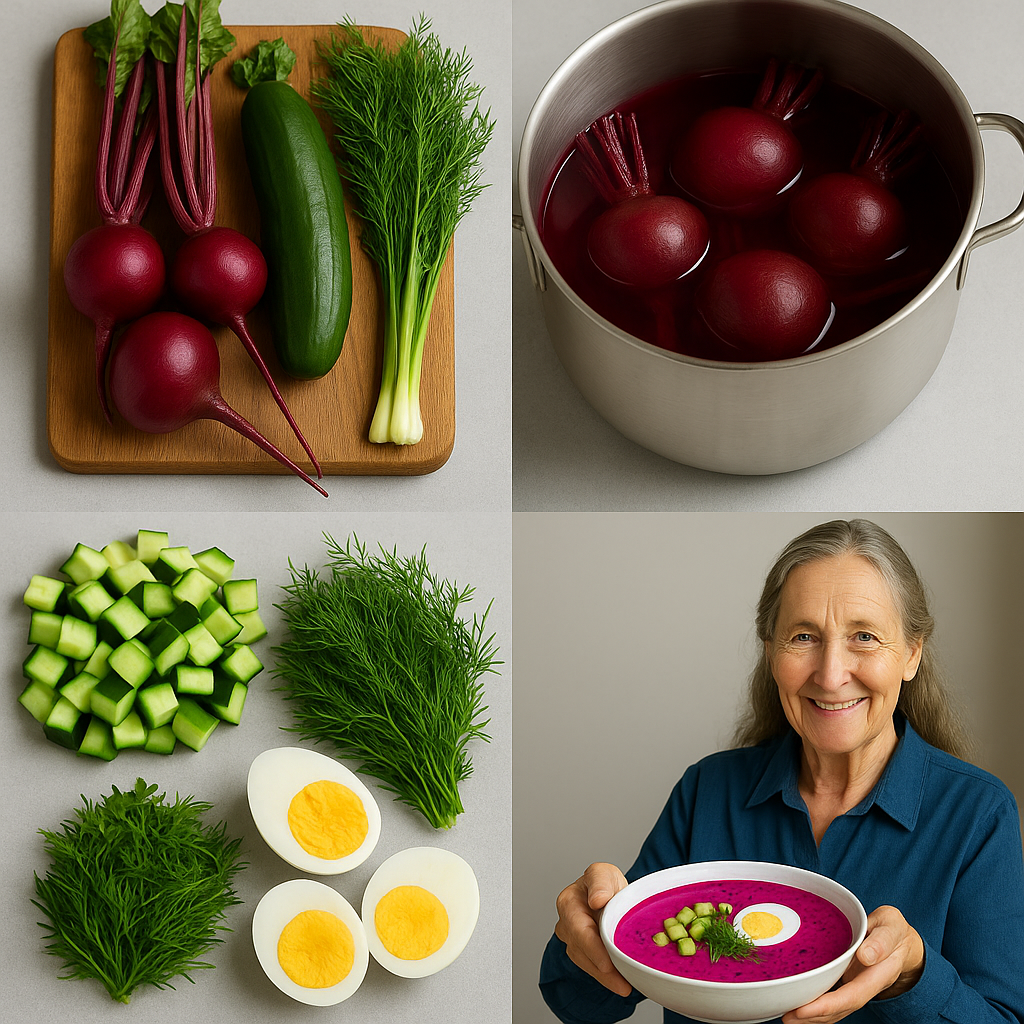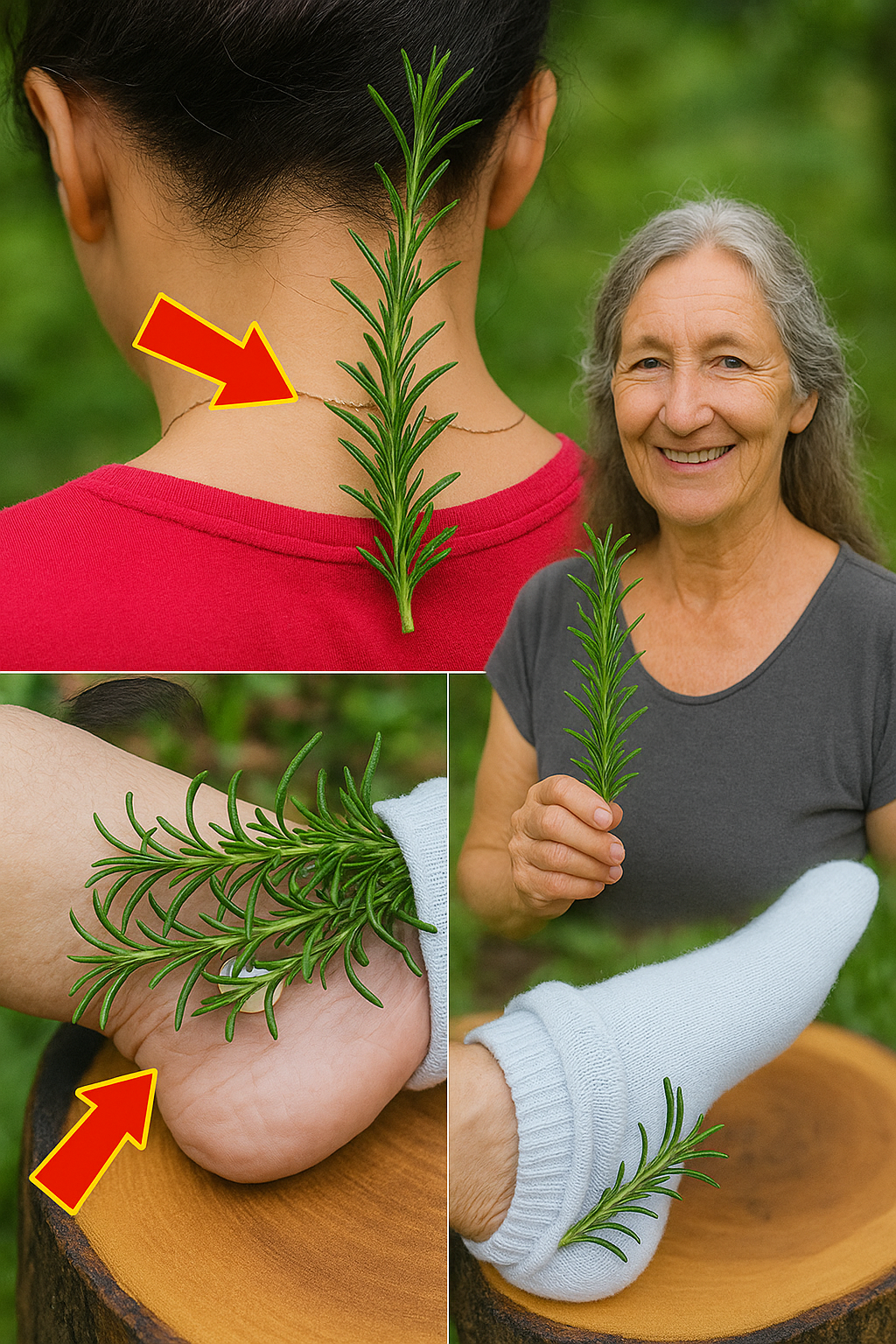When you spot common mallow (Malva sylvestris) creeping through the cracks of your garden or driveway, your instinct might be to pull it out. But here’s why you shouldn’t—this humble plant is one of nature’s most underrated healers. Packed with nutrients, soothing to the body, and delicious in the kitchen, common mallow is a free, foraged gift from the earth you’ll want to keep around.

🌱 What Is Common Mallow?
- Scientific name: Malva sylvestris
- Other names: High mallow, cheeseweed
- Appearance: Bright green, roundish leaves with scalloped edges and striking purple flowers
- Habitat: Roadsides, lawns, gardens, and disturbed soils
- Taste: Mild, slightly earthy—similar to spinach
🍃 Nutritional Powerhouse Hiding in Plain Sight
Common mallow is rich in essential nutrients that support health from the inside out:
- ✅ Vitamin A – Vital for vision, immunity, and skin renewal
- ✅ Vitamin C – Strengthens immune defense and supports collagen
- ✅ Vitamin E – Protects skin from oxidative damage
- ✅ Calcium & Magnesium – Help strengthen bones and regulate muscle and nerve function
- ✅ Iron & Potassium – Boost red blood cell production and heart health
These vitamins and minerals make it an ideal wild green for your diet—especially if you’re looking to eat healthier, naturally.
💚 Gut-Healing Mucilage for Digestive Comfort
Mallow’s secret weapon is mucilage—a slick, gel-like fiber that coats and soothes internal tissues. This makes it fantastic for:
- Relieving acid reflux, ulcers, and gastritis
- Calming indigestion or IBS symptoms
- Supporting gut lining integrity
How to use: Steep the leaves in hot water for 10–15 minutes for a gentle, healing mallow tea that coats the digestive tract and promotes comfort.
🔥 Anti-Inflammatory Relief – Naturally
Struggling with arthritis, inflamed skin, or a scratchy throat?
Common mallow contains flavonoids and phenolic acids, natural compounds that reduce inflammation. It’s been used for centuries to:
- Soothe joint pain and muscle stiffness
- Calm sore throats and dry coughs
- Relieve eczema, rashes, and insect bites (topically)
Try it: Crush the leaves into a poultice and apply to irritated skin or sore joints for fast relief.
🛡️ Immunity Booster & Cold Season Ally
During flu season, mallow becomes your secret weapon:
- Enhances immune defense with antioxidants
- Eases coughs and clears respiratory mucus
- Speeds recovery from infections and colds
Warm mallow tea is a gentle, effective remedy when you’re feeling run down.
🌬️ Respiratory & Skin Support
Thanks to its emollient and expectorant properties, mallow helps:
- Moisturize and heal dry, chapped, or irritated skin
- Loosen and expel phlegm from the lungs
- Relieve bronchial irritation from dry coughing
Skincare tip: Let mallow leaves steep in water, then strain and use the cooled liquid as a skin-soothing toner or compress.
🥗 It’s Edible Too—And Tasty!
You can eat both the leaves and flowers of common mallow:
- 🥗 Salads: Add fresh young leaves to mixed greens for a mild, spinach-like taste
- 🍵 Tea: Use leaves or flowers for a calming digestive brew
- 🥘 Soups and stews: Cook like collards or spinach to thicken and fortify your meal
- 🍚 Stuffed leaves: Use large mallow leaves like grape leaves to wrap grains or lentils
Pro tip: The mucilage naturally thickens soups—perfect for hearty, soothing recipes.
⚠️ A Note on Foraging Safety
- Only harvest mallow from clean, pesticide-free areas
- Wash leaves thoroughly before consuming
- When in doubt, consult a local plant ID expert to confirm it’s Malva sylvestris
🌼 Final Thoughts: From Weed to Wellness Ally
Common mallow isn’t just a weed—it’s a wild remedy, superfood, and skin soother all in one. This versatile plant brings incredible health benefits to your garden, your plate, and your body.
🌿 Instead of yanking it out, embrace this forgotten plant and explore its many gifts. Whether sipped as tea, tossed in a salad, or used as a poultice, mallow is a simple, safe, and powerful way to reconnect with natural healing.
Will you give common mallow a second chance? 💚


